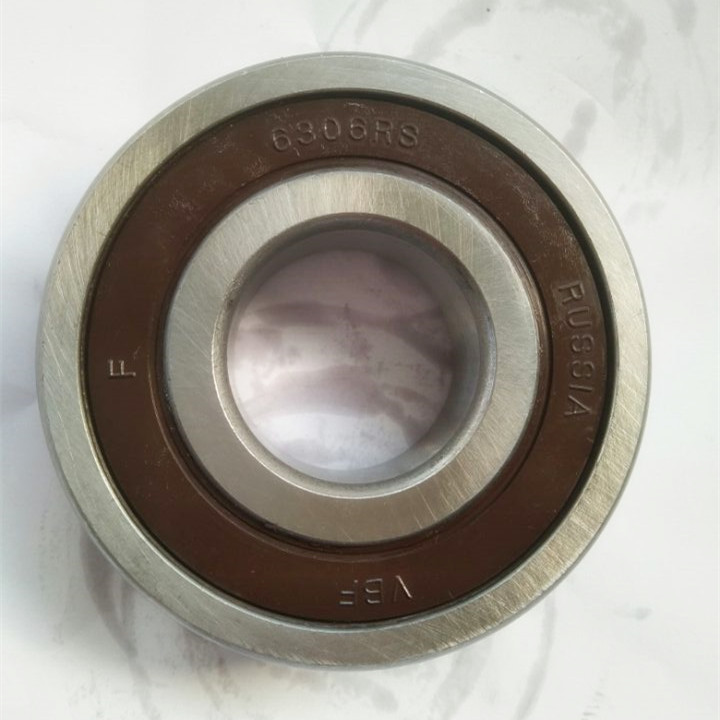The gearbox in your Lada car is a crucial part of its drivetrain. It relies on efficient gearbox bearings to operate smoothly and handle the high loads involved in transmitting power from the engine to the wheels. However, bearings can become damaged or worn over time, leading to noise, vibration and shifting issues. This article discusses the role of gearbox bearings in Lada cars, common problems that arise and what owners can do to address them.

What Gearbox Bearings Do?
Gearbox bearings support the shafts in an automatic or manual transmission and allow them to rotate freely with minimal friction. The mainshafts, countershafts and output shaft all rely on bearings to operate and transmit torque efficiently between gears. Rolling element bearings like ball bearings are typically used to handle the high loads while reducing wear. Properly functioning bearings allow the gears to mesh smoothly, producing comfortable shifts with minimal noise.
Common Issues With Gearbox Bearings
Over time and with use, Lada car gearbox bearing can develop problems that impact performance:
- Noise – Worn or damaged bearings often produce squealing or grinding noises that indicate they are no longer rotating smoothly. Higher pitch noises tend to occur at startup, while lower rumbling can happen throughout operation.
- Vibration – Excessive play and friction in faulty bearings cause the shafts they support to vibrate, which is transmitted to the vehicle’s chassis. This vibration can worsen over time and become noticeable to the driver.
- Rough Shifting – When bearings degrade, they allow shafts to become misaligned and gears to engage incorrectly. This results in jerky shifts, difficulty engaging certain gears and premature wear of synchronizers and gear teeth.
- Premature Gearbox Failure – Severely damaged or locked-up bearings can lead to complete transmission failure if left unaddressed. They place undue stress on gears and shafts, eventually causing them to strip teeth or break.
Common Causes Of Bearing Damage
Several factors typically contribute to worn Lada gearbox bearings:
- Normal Wear – Even with proper lubrication, bearings will gradually wear out over 100,000 to 200,000 kilometers of use due to metal-on-metal contact within their design.
- Inadequate Lubrication – When gearbox oil is not as changed regularly or leaks develop in the transmission, bearings may lose lubrication and wear more quickly.
- Contamination – Foreign particles in the lubricating oil, such as metal shavings from worn gears, can prematurely damage and restrict bearing movement.
- Overheating – Running the transmission at extreme temperatures for long periods causes the lubricant to break down, leading to accelerated bearing wear.
- Overload – Exceeding the design load capacity of gearbox bearings, such as when towing heavy trailers, shortens their lifespan and causes premature failure.
Diagnosis And Repair
To determine if gearbox bearings need attention in a Lada, have a qualified mechanic thoroughly inspect the transmission for the warning signs above. A test drive listening for noises and feeling for vibrations can also provide clues.
If bearings are at fault, they typically must be as replaced to resolve the issue. A transmission overhaul that includes installing new bearings along with freshening up worn gears and shafts can help avoid future problems. New bearings should be high-quality units that match OEM specifications for fit and load capacity. Follow-up with regular transmission fluid changes can extend the life of replacement parts.


